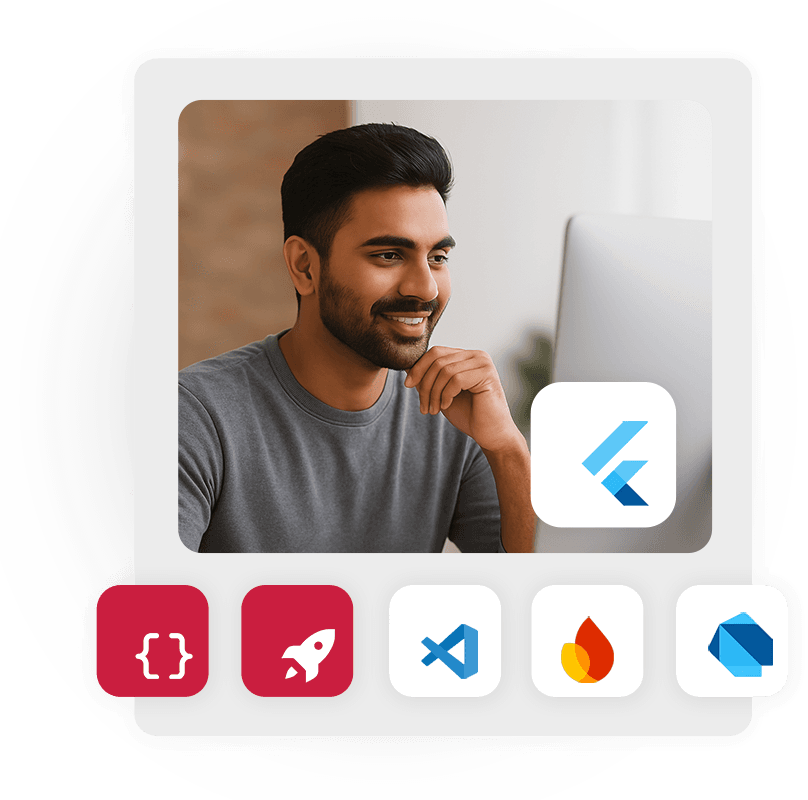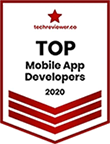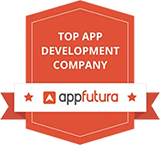Ensuring high-quality code is essential for building scalable, maintainable, and efficient Flutter applications. Here's how Flutter developers maintain code quality:
Code Reviews:
Code reviews help ensure that best practices are followed, including code organization, naming conventions, and adherence to design patterns. Flutter developers conduct regular reviews to ensure that the code is optimized, clean, and maintainable.
Automated Testing:
Flutter’s robust testing framework allows for unit tests, widget tests, and integration tests. Developers write automated tests for every aspect of the app, ensuring reliability, performance, and smooth user experience.
CI/CD Pipelines:
Flutter developers integrate Continuous Integration (CI) and Continuous Deployment (CD) into their development cycle using tools like GitHub Actions, Bitrise, and CircleCI. This enables automated testing and smooth deployment pipelines, reducing manual intervention and ensuring faster development cycles.
Linting & Code Formatting:
Flutter developers use tools like Dartfmt and Dart Analyzer to enforce consistent coding styles and catch potential issues early. This ensures that the code remains clean, readable, and free of common coding errors.








 Transparency
Transparency








